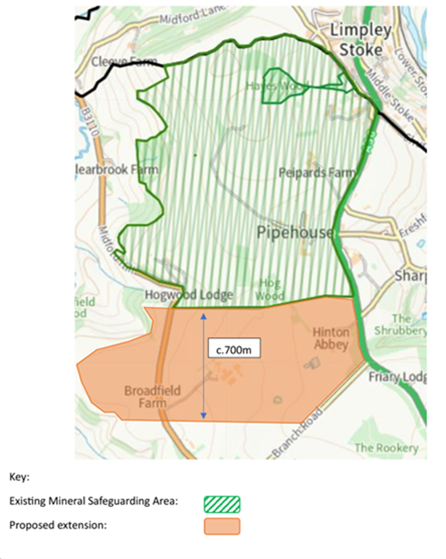About this page
How this part of the Local Plan Options Document works
These Development Management policy option pages contain the following sections:
Policy background
- Relevant national policy or regulations
- National or regional trends
- Local situation and needs/li>
- How we have dealt with this issue in the past
- The thinking behind the policy
Policy options for the new Local Plan
We may suggest a variety of approaches:
- Keeping existing policy as it is
- Making small changes
- Replacing the policy with something that is substantially different
- Identifying factors or events which may affect this policy in the future
Policy option analysis
- A list of the advantages and disadvantages that we have identified for each of the policy options we are presenting.
View the Minerals and Waste Topic Paper and Minerals Planning Policy Advice Evidence Base for in-depth focus about this topic, and the evidence which informs our policy. Visit our library of Local Plan Options supporting documents to learn more.
Explore the policy
Select a section below to read more.
9.473 Mineral Safeguarding Areas are defined around the active mineral sites in the Plan area. The purpose of these areas is to avoid the needless sterilisation of mineral resources by non-mineral development. There is no presumption that any of these areas will be acceptable for mineral working and nor should they be used to automatically preclude other forms of development. Instead, they are to make sure that mineral resources are adequately and effectively considered in land use planning decisions.
9.474 The general extent of the Mineral Safeguarding Areas within the District are shown on the Policies Map. The existing Policy M1 clarifies how applications for non-mineral development within Mineral Safeguarding Areas will be considered.
9.475 Currently there are four key Mineral Safeguarding Areas (MSAs) – the MSAs around Upper Lawn quarry; and Stokes Hill mine - Hayes Wood to Hog Wood MSA , the Coal reserves MSAs between Keynsham and Radstock and an MSA to the east of Bishop Sutton, surrounding the former Stowey Quarry. Only the Upper Lawn quarry and Stokes Hill mine are active sites. As above, the Coal Authority no longer requires the safeguarding of coal resources and it is proposed that this should be deleted from the Policies Map in the Draft Local Plan. In relation to the East of Bishop Sutton MSA, it is recommended that this is retained, and development is not permitted that would sterilise the reserves, in case there is future interest in working in this area.
9.476 In updating evidence on MSAs, the mineral industry has been consulted. The operators of Stoke Hill Mine, near Limpley Stoke, have requested that the MSA surrounding the active Stoke Hill Mine is extended southwards and westwards to take into account that the reserves of Chalfield Oolitic limestone extend much further south than the current MSA. Figure 72 below shows the proposed extension to the Mineral Safeguarding Area extending approximately 700 metres southwards.
Figure 72: Proposed extension to Mineral Safeguarding Area
9.477 The current wording of existing Policy M1 remains relevant. It is proposed to retain the policy with amendments. Changes to the Policies map to reflect the extension of the MSA at Limpley Stoke to accord with the evidence of minerals, and deletion of the coal MSAs having regard to the Coal Authority advice are proposed.
Option A
Retain policy with additional reference to provide clarity on what is covered in a Minerals Safeguarding Area; and to make clear that important minerals infrastructure should be protected and therefore safeguarded in the same way that minerals reserves are. In addition, the policy wording will clarify the evidence that developers will need to submit for proposed non-mineral related developments.
Advantages of Option A
- Adds clarity
Disadvantages of Option A
- None identified.
Option B
Propose extending the Mineral Safeguarding Area south west of Limpley Stoke, southwards and westwards.
Advantages of Option B
- Reflects the greater extent of the mineral reserve to be safeguarded.
Disadvantages of Option B
- None identified subject to the planning constraints and policy framework.
Option C
Propose deletion of coal Mineral Safeguarding Area
Advantages of Option C
- This is in accordance with the Council’s Climate Emergency declaration
Disadvantages of Option C
- None identified

